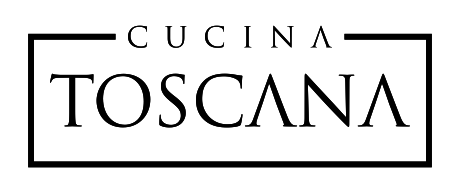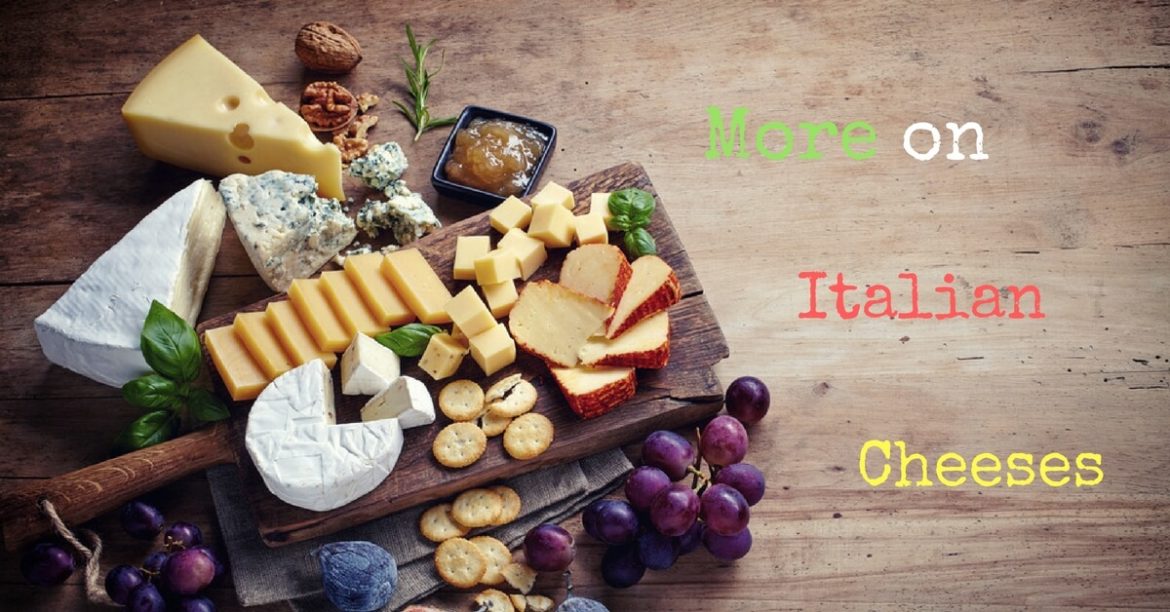- Tomatoes: A Taste of Summer - July 26, 2017
- The International Origins of Pasta - July 12, 2017
- A History of Italian Americans in Salt Lake City - June 29, 2017
Is there such a thing as too much cheese? We’ve briefly overviewed Italian cheeses before, but surely no one would complain about a little bit extra cheese. At Cucina Toscana, Italian cheeses are found in many different dishes. Cheeses, historically, begin and end a meal. Today, we’ll explore the different cheeses (their flavors, the processes which create them, and so on) you’ll find on the menu at Cucina Toscana!
Burrata
Region of origin: Apulia
Type of milk: Cow
Aged: Less than 24 hours
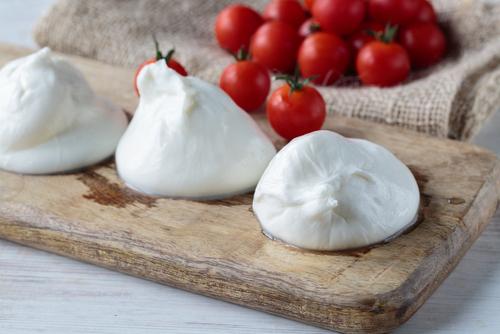
History: Burrata is a fresh cheese made from mozzarella and cream. Mozzarella makes up its outer shell, while its inner core is fresh cream. This gives burrata its signature texture – its name meaning “buttered” in Italian. Burrata is a fairly new cheese, with its origins in the early 1900s of Italy.
Flavors: Burrata is best consumed within 48 hours of its production. The creamy texture and fresh milkiness of burrata makes it a favorite pairing with salads, prosciutto, crusty bread, fresh tomatoes with olive oil, black pepper, and pasta.
At Cucina Toscana: Our antipasti dish of burrata and roasted tomatoes is a lovely way to begin a meal!
Gorgonzola
Region of origin: Lombardy
Type of milk: Cow
Aged: Two styles, sweet and natural. Both are aged for over a year.
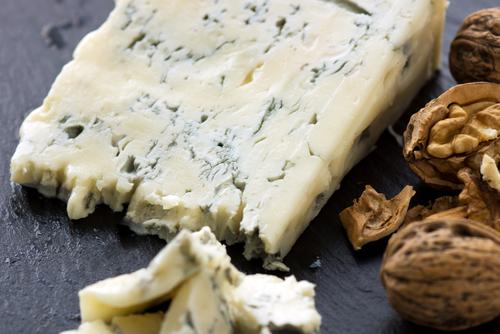
History: Gorgonzola cheese comes from the town of Gorgonzola, tracing back to the 11th century. Back in the day, penicillium in damp caves of the area caused the cheese to blue, but now, the mold is introduced by cheese makers.
Flavors: Gorgonzola ranges in texture from creamy, Brie-like to hard and crumbly. There are notes of pepper and garlic to gorgonzola. Gorgonzola makes a delightful pairing with pears and figs, and is often used in pastas and salads.
At Cocina Toscana: Try gorgonzola in our antipatissimo plate, served with prosciutto, salami, speck, parmacotto, fontina, and parmesan; and the pasta duo or ravioli di Quattro formaggi with gorgonzola in a sauce.
Fontina
Region of origin: Parma, Reggio-Emilia, Modena, Bologna, Mantova
Type of milk: Cow
Aged: Three months or longer
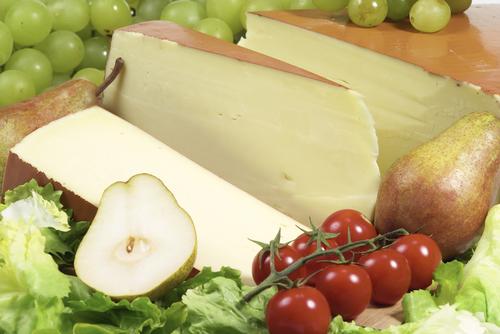
History: Since the 12th century, fontina has been made in the Aosta Valley of the Alps. Fontina is made throughout the year, but the best flavors are obtained in the summer when cows are moved from an altitude of 1,800 feet to 2,300 feet, where a specific grass adds a distinctive aroma to the milk.
Flavors: Fontina is known for its earthy, mushroomy, woody taste, which makes it a favorite pairing with roasted meats and truffles. Fontina is creamy in texture when it is young, and hardens as it ages.
At Cucina Toscana: Try fontina in our antipatissimo plate, served with prosciutto, salami, speck, parmacotto, gorgonzola, and parmesan; the pasta duo or ravioli di Quattro formaggi with fontina in the sauce; and the pollo in saltimbocca, along with chicken, spinach, and tomato sauce.
Ricotta
Region of origin: Sicily
Type of milk: Sheep, cow, goat, or water buffalo
Aged: 12-24 hours (fresh ricotta); up to a year for aged varieties
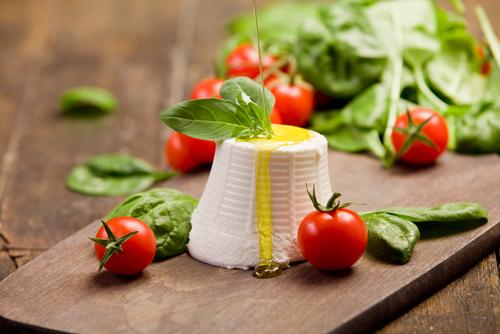
History: Ricotta is one of Italy’s oldest cheeses, with a trace back to the Bronze Age. Historians believe that 2 BCE ceramic vessels were milk boilers used to produce ricotta. Ricotta, which means “recooked” in Italian is made through a process in which acidified whey is heated to near boiling, then the liquid drained to leave behind the curd.
Flavors: Ricotta has a slightly sweet flavor and has a light, somewhat silky texture. Aged ricotta cheeses may take on flavors of smoke, salt, and further fermentation. Ricotta’s versatility means that it is used in a variety of dishes in Italian cuisine, from savories to sweets.
At Cucina Toscana: You’ll find ricotta in a variety of dishes: as a mousse in our carpaccio di tonno; in different servings of ravioli; and in our risotto verdura.
Got A Craving for Cheese?
We've got you covered. Click here to make a reservation at Cucina Toscana
Make a Reservation